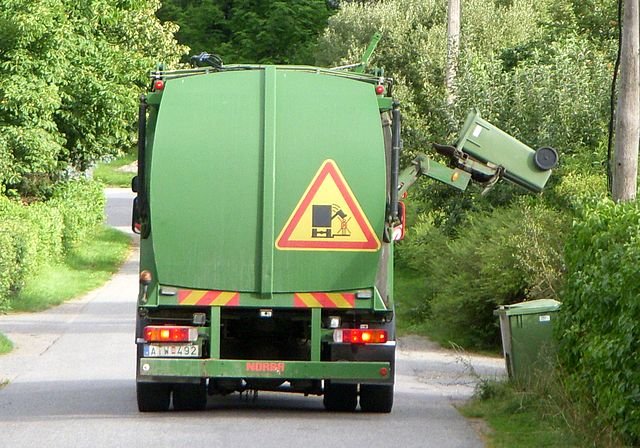Rising rates of consumption necessitate an improved approach to resource management. Around the world, from Europe to Asia, governments have adapted their practices and policies to reflect renewability. They’ve invested in facilities that repurpose waste as source of energy, affording them a reliable and cheap source of energy.
This seems like progress, given the impracticality of older methods. Traditional sources of energy like fossil fuels are no longer a realistic option moving forward, not only for their finite nature but also within the context of the planet’s continued health. That said, the waste-to-energy sector is subject to scrutiny.
We’ll detail the reasons for this scrutiny, the waste-to-energy sector’s current status within the United States and speculations for the future. Through a concise analysis of obstacles and opportunities, we’ll provide a holistic perspective of the waste-to-energy progress, with a summation of its positive and negative attributes.
Status of Waste-to-Energy Sector
The U.S. currently employs 86 municipal waste-to-energy facilities across 25 states for the purpose of energy recovery. While several have expanded to manage additional waste, the last new facility opened in 1995. To understand this apparent lack of progress in the area of thermochemical treatment of MSW, budget represents a serious barrier.
One of the primary reasons behind the shortage of waste-to-energy facilities in the USA is their cost. The cost of construction on a new plant often exceeds $100 million, and larger plants require double or triple that figure to build. In addition to that, the economic benefits of the investment aren’t immediately noticeable.
The U.S. also has a surplus of available land. Where smaller countries like Japan have limited space to work within, the U.S. can choose to pursue more financially viable options such as landfills. The expenses associated with a landfill are far less significant than those associated with a waste-to-energy facility.
Presently, the U.S. processes 14 percent of its trash in waste-to-energy (WTE) plants, which is still a substantial amount of refuse given today’s rate of consumption. On a larger scale, North America ranks third in the world in the waste-to-energy movement, behind the European nations and the Asia Pacific region.
Future of WTE Sector
Certain factors influence the framework of an energy policy. Government officials have to consider the projected increase in energy demand, concentrations of CO2 in the atmosphere, space-constrained or preferred land use, fuel availability and potential disruptions to the supply chain.
A waste-to-energy facility accounts for several of these factors, such as space constraints and fuel availability, but pollution remains an issue. Many argue that the incineration of trash isn’t an effective means of reducing waste or protecting the environment, and they have evidence to support this.
The waste-to-energy sector extends beyond MSW facilities, however. It also encompasses biofuel, which has seen an increase in popularity. The aviation industry has shown a growing dedication to biofuel, with United Airlines investing $30 million in the largest producer of aviation biofuel.
If the interest of United Airlines and other companies is any indication, the waste-to-energy sector will continue to expand. Though negative press and the high cost of waste-to-energy facilities may impede its progress, advances in technology promise to improve efficiency and reduce expenses.
Positives and Negatives
The waste-to-energy sector provides many benefits, allowing communities a method of repurposing their waste. It has negative aspects that are also important to note, like the potential for pollution. While the sector offers solutions, some of them come at a cost.
It’s true that resource management is essential, and adapting practices to meet high standards of renewability is critical to the planet’s health. However, it’s also necessary to recognize risk, and the waste-to-energy sector is not without its flaws. How those flaws will affect the sector moving forward is critical to consider.

















